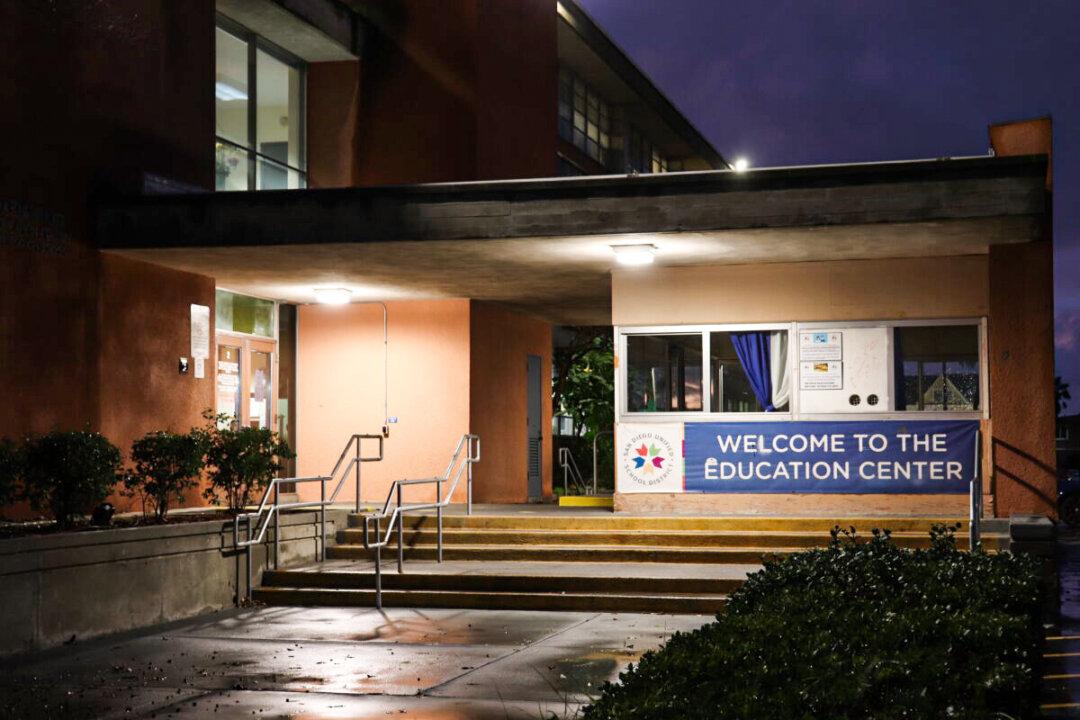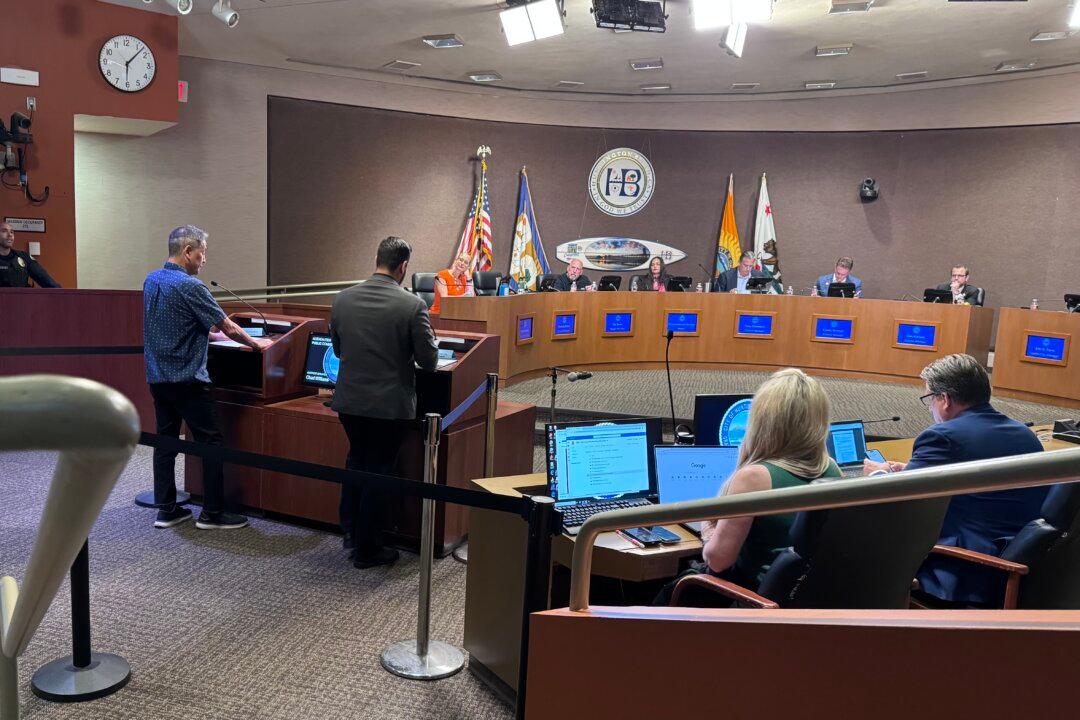The San Diego Unified School District has seen a threefold spike in chronically absent students from pre- to post-pandemic, according to state data.
The number tripled to 36.7 percent in 2022 from 12.4 percent in 2019, according to the California School Dashboard, a database by the state Education Department.





